













To ensure our products fully meet user needs and assist with better project planning and system demand analysis, we offer free technical consultations, business negotiations, and customized design solutions.
Zomax is a technological innovation demonstration enterprise in Henan Province, boasting a scientific research team of over 200 engineers, more than 250 authorized patents, and five provincial R&D platforms. The company has installed 310 handling and welding robots, with plans to exceed 500 upon completion. Its equipment networking rate has reached 95%, and 32 welding lines are operational, with a total of 50 planned, achieving an automation rate of 85% across the entire product line.
Zomax has earned over 500 awards, including prestigious national and provincial honors such as: China Industrial Award Nomination;National Green Factory;National Manufacturing Single Champion Product;Henan Governor's Quality Award.
Recognized for its innovation and smart manufacturing, it leads the industry in production, sales, market share, and advanced automation and intelligent equipment levels.
All departments within the technical system have established a unified technical design and management platform—the PLM system—which enables resource sharing, unified data management, and collaborative and remote design capabilities. Advanced design and analysis software, such as SolidWorks and SolidEdge, supports an integrated design approach combining CAD design, CAE analysis, digital modeling, and motion simulation as the primary methods for research and development. Nucleon utilizes advanced parametric bridge crane CAD design and analysis software developed in collaboration with North University of China, allowing construction drawings to be automatically generated from quotation and scheme design to final production. Product optimization and development are achieved through PDM, CAD, CAE, CAM, and CAPP methodologies.
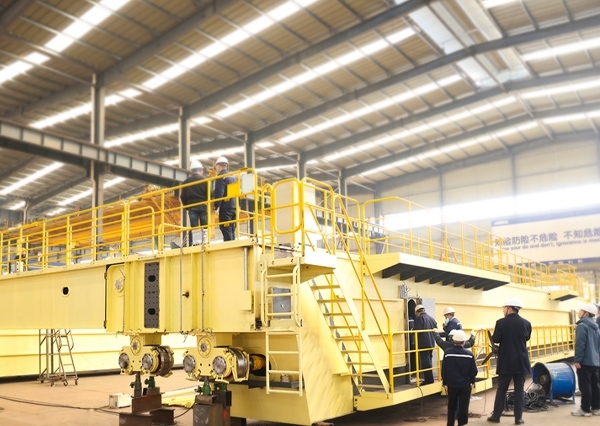
Zomax is dedicated to delivering systematic solutions along with first-class service and support. In response to customers' trust, Zomax upholds the service principles of being Passionate, Fast, Professional, and Perfect, aiming to systematize, standardize, and brand its service operations.
In addition to these core principles, Zomax provides comprehensive in-sale services that include:
Order Tracking:
Providing real-time updates on the status of the order, including production progress, shipment tracking, and expected delivery dates.
Offering clear communication regarding any changes or delays to keep customers informed throughout the delivery process.
Technical Support:
Offering immediate technical support through various channels—phone, email, and online chat—to address any queries regarding the crane's installation, operation, or maintenance.
Quality Assurance:
Implementing stringent quality control measures to ensure that all Zomax cranes meet or exceed industry standards before delivery.
Logistics Support:
Providing assistance with logistics planning to ensure timely delivery and installation of the cranes, minimizing downtime for customers.
Installation and Commissioning:
Coordinating with customers to schedule the installation of the crane at their site by qualified Zomax technicians.
Supervising the installation process to ensure it is completed correctly, safely, and on time.
Conducting thorough commissioning of the crane to verify its functionality and performance, providing hands-on training to operators.
On-Site Training:
Offering additional on-site training sessions for operators, maintenance staff, and supervisors, tailored to their specific roles and responsibilities.
Providing safety training and best practices for the operation and maintenance of Zomax cranes to prevent accidents and maximize efficiency.
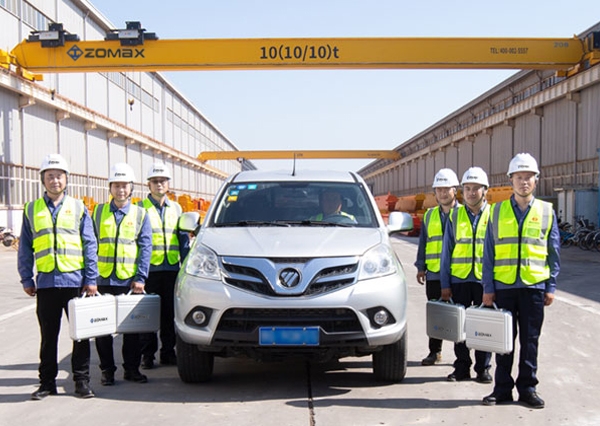
For any questions about our products, please feel free to contact us via email, telephone, mobile, or by submitting a message form. We will respond to you as soon as possible.
We are here to assist with after-sales services such as installation, commissioning, testing, training, troubleshooting, spare parts, documents, and maintenance.
Post-Installation Support:
Ensuring that the crane operates smoothly from day one through immediate follow-up visits post-installation.
Addressing any issues or concerns raised by the customer, whether they are related to the crane's performance or operational efficiency.
Supplying a detailed handover document that includes equipment manuals, maintenance schedules, and technical support contact details.
Preventive Maintenance Plans:
Offering customized maintenance plans to help customers maintain the optimal performance of their Zomax cranes over the long term.
Scheduling regular maintenance visits by Zomax service technicians to perform inspections, routine servicing, and necessary repairs.
Providing an inventory of recommended spare parts to ensure quick replacements if needed.
24/7 Technical Support:
Providing round-the-clock technical support through dedicated phone lines, email, and online chat.
Offering remote troubleshooting and diagnostics to quickly resolve issues without the need for a physical service visit.
Ensuring rapid response times to minimize downtime for the customer.
Quality Assurance and Warranty:
Providing comprehensive warranties on Zomax cranes, covering parts and labor for a specified period.
Ensuring that any defects or issues arising within the warranty period are addressed promptly, either through repairs or replacements.
Offering extended warranty options to provide additional peace of mind.
Customer Feedback and Continuous Improvement:
Continuously collecting customer feedback on the crane's performance, service quality, and overall satisfaction.
Using this feedback to enhance product offerings and service processes, ensuring that Zomax remains responsive to customer needs and expectations.
Service Upgrades:
Keeping customers informed about upgrades and enhancements available for their Zomax cranes, including software updates, hardware improvements, and new features.
Assisting with the integration of new technologies or features into existing systems to extend the life and improve the performance of the equipment.
By offering these post-order services, Zomax ensures a seamless transition from purchase to operation, maximizing the value of their products and maintaining strong, long-term customer relationships.








Our equipment is designed for modular, efficient installation.The following standard process helps you familiarize yourself with the steps.
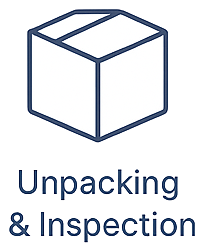

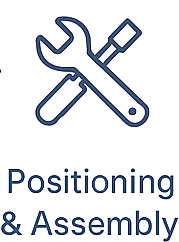

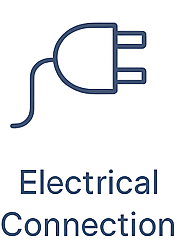


To ensure safe operation, we recommend having installation performed by qualified professionals.
If you need full video guidance please contact us freely.
Safe operation of lifting cranes is essential to protect workers, equipment, and property while ensuring smooth and efficient operations. Cranes handle heavy loads, and improper use can lead to accidents, injuries, or equipment damage. By following safety protocols, operators reduce risks and ensure the crane performs reliably over its lifespan.
Safe practices also help prevent costly property damage, minimize downtime, and ensure compliance with safety regulations, avoiding legal penalties.
Click the button below to access detailed crane safe operating procedures.
